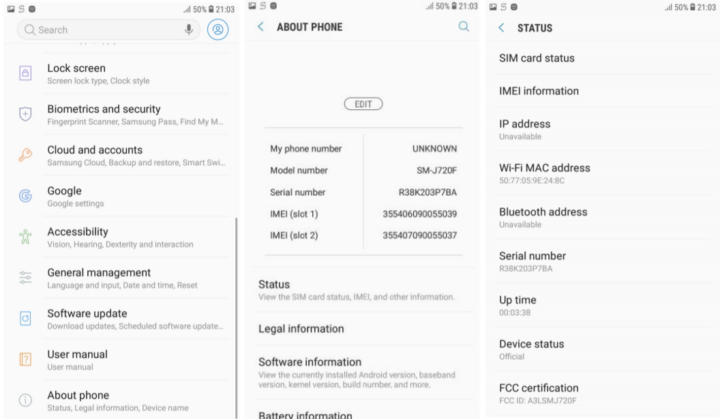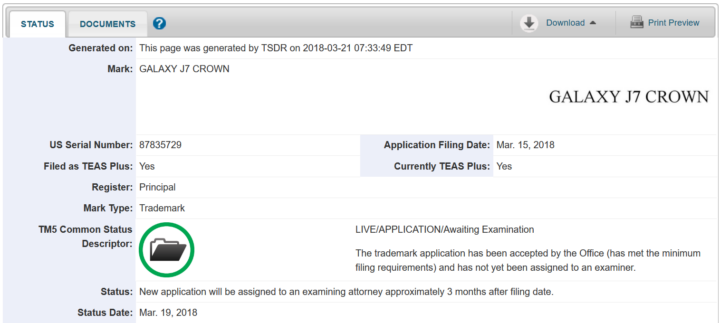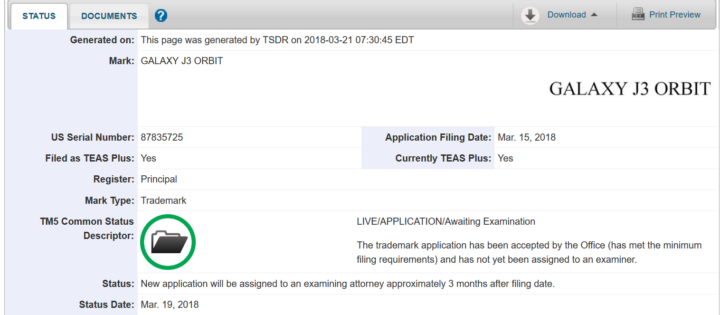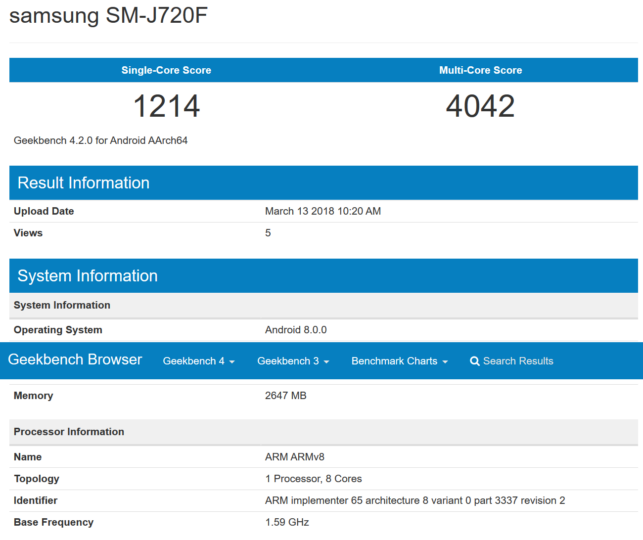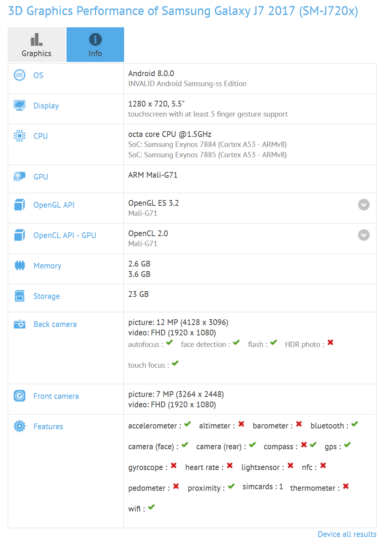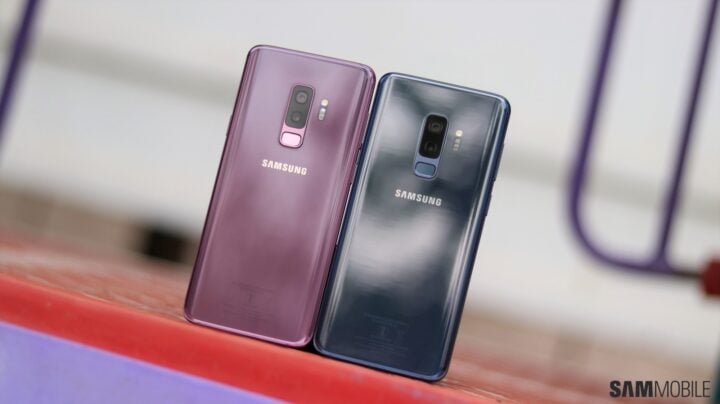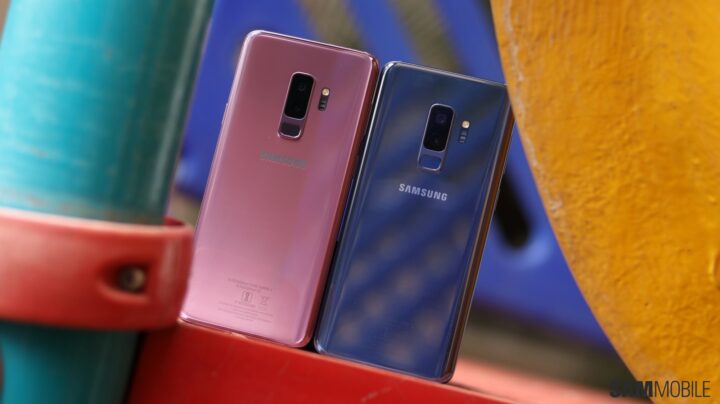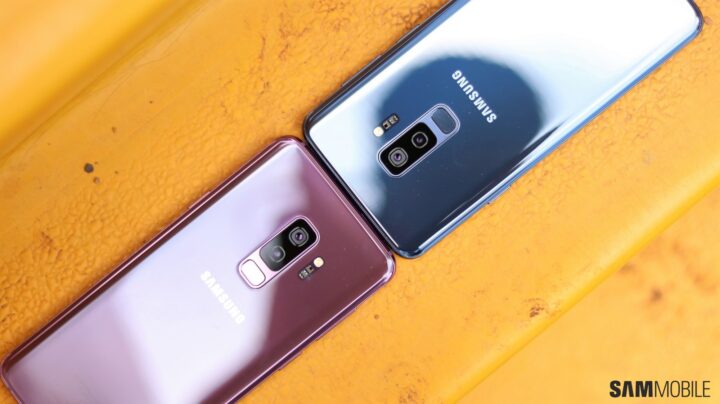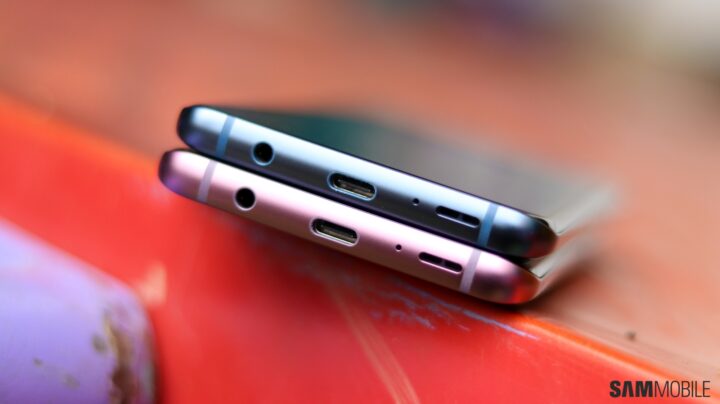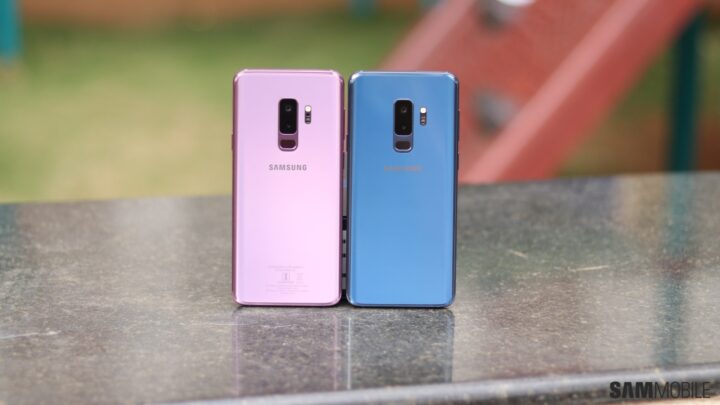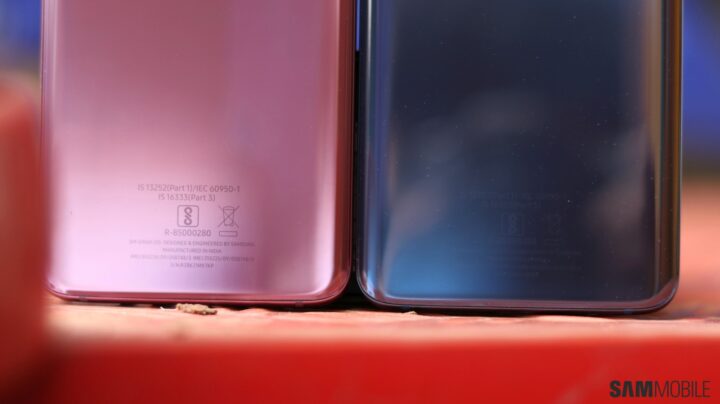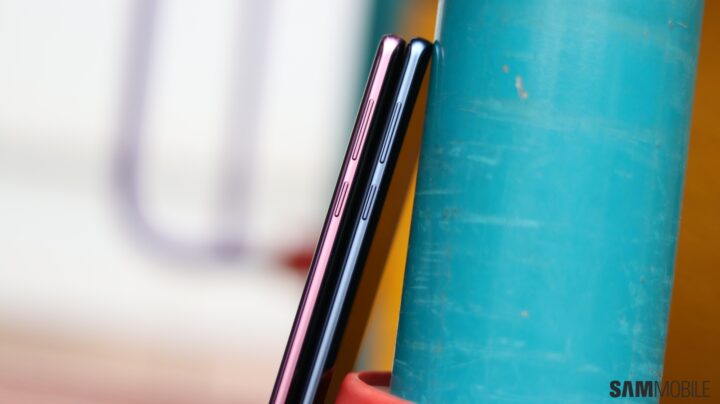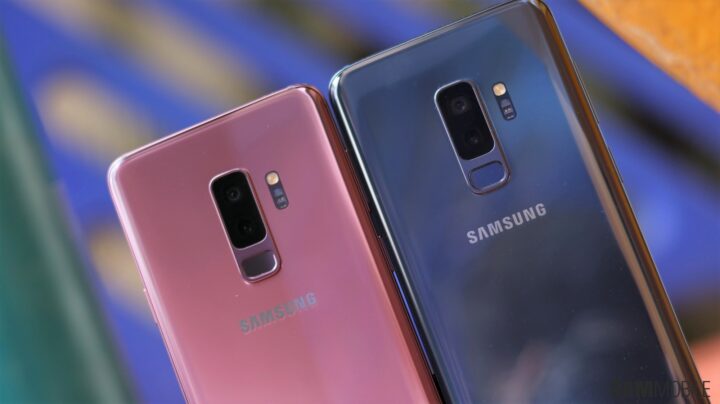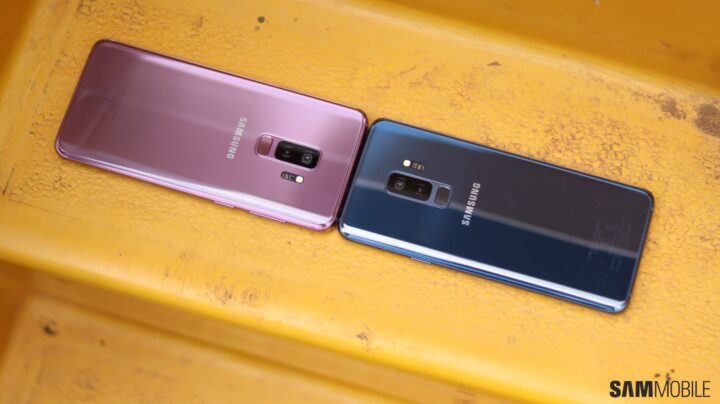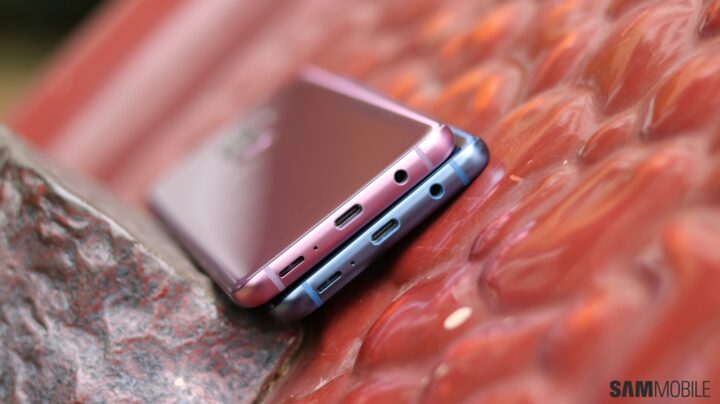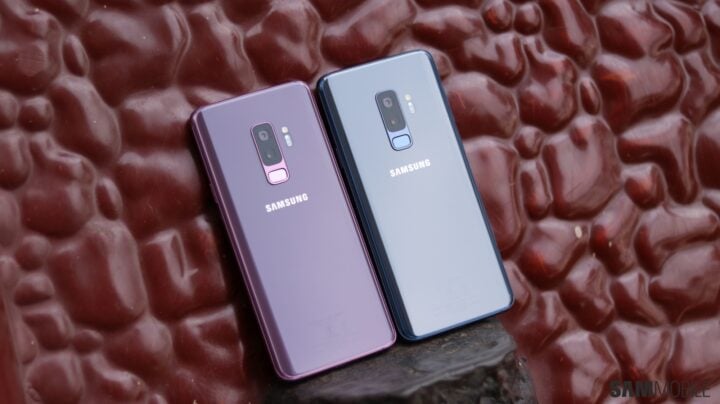Earlier this month, Samsung officially launched its 2018 QLED TVs at a special event in New York. Samsung used the launch event to showcase all the new features and improvements coming to its 2018 QLED TV lineup. The company, however, didn’t reveal any pricing information at the time of the launch.
Samsung’s new QLED range starts at $1500
Samsung has now updated its US website with pricing information for most of its 2018 QLED TVs. As to be expected, these TVs are expensive starting at $1500 and going all the way up to $6000. Samsung’s 2018 QLED TV lineup includes Q9F, Q8F, Q7F, Q7C, and Q6F models. All these models are available in different screen size options ranging from 49 inches to 82 inches. The Q7C models are the curved TV variants, and the rest are flat-screen panels.
Of the listed prices, the 75-inch Q9F model is the most expensive at $6,000, while the 55-inch Q6F model is the cheapest at $1,500. The Q6F model also has a 49-inch option, but Samsung hasn’t revealed the pricing for it yet. When available for purchase, it should be the lowest priced option among all the 2018 QLED TVs. The 82-inch Q6F model which is the largest of the bunch retails for $4,500.
The pricing for the entire range is as follows:
- Q9F Class
- 75-inch (QN75Q9F): $6,000
- 65-inch (QN65Q9F): $3,800
- Q8F Class
- 75-inch (QN75Q8F): $4,800
- 65-inch (QN65Q8F): $3,000
- 55-inch (QN55Q8F): $2,200
- Q7F Class
- 75-inch (QN75Q7F): $4,000
- 65-inch (QN65Q7F): $2,600
- 55-inch (QN55Q7F): $1,900
- Q7C Class (Curved TVs)
- 65-inch (QN65Q7C): $2,700
- 55-inch (QN55Q7C): $2,000
- Q6F Class
- 82-inch (QN82Q6F): $4,500
- 75-inch (QN75Q6F): $3,500
- 65-inch (QN65Q6F): $2,200
- 55-inch (QN55Q6F): $1,500
- 49-inch (QN49Q6F): TBA
Samsung’s new QLED TVs will be available for purchase in the United States later this month with other markets to follow suit down the line.
The post Samsung reveals prices for its 2018 QLED TVs appeared first on SamMobile.
from SamMobile http://ift.tt/2FR2PkM
via IFTTT


